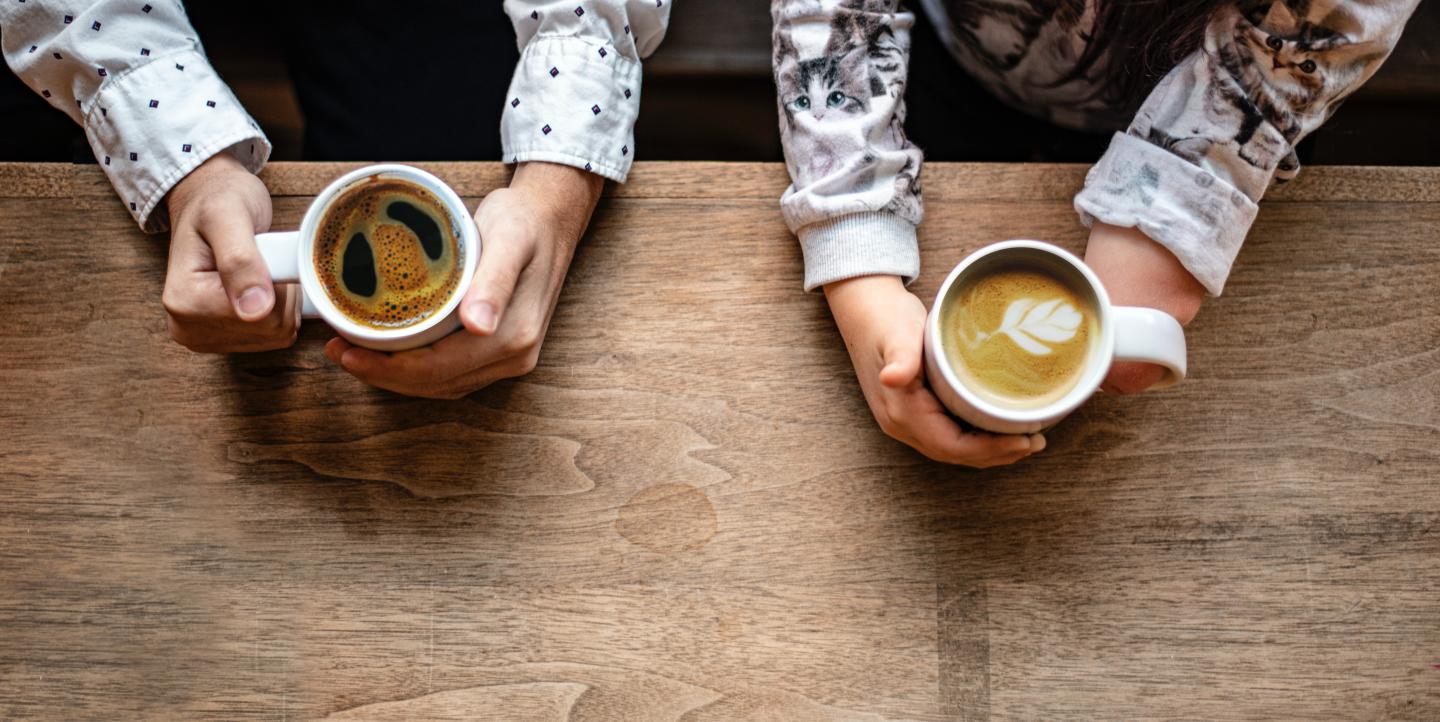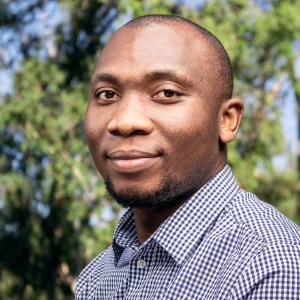TheCable, one of Nigeria's leading online newspapers, earlier this year launched an app to provide news to people with disabilities.
The Disability Inclusive News App (DINA) seeks to promote disability inclusion in the country’s news ecosystem and safeguard people living with disabilities from mis- and disinformation. It is Nigeria’s first disability-friendly news app.
“One major pillar for inclusion is access,” said Mayowa Tijani, who led development of DINA. The app, he explained, enables persons with disabilities to consume news, while also providing access to high-level analysis, fact checks and more.
One feature DINA offers is an easy-to-use text-to-speech feature for people with visual impairment, who are unable to read text. “It also has a speech-to-text element that allows people with limb challenges, who would rather not hold their phones most times, to speak to their devices to take certain actions,” he said. “It is natively compatible with Android’s TalkBack and iOS VoiceOver, which are helpful screen-reading features.”
TheCable received funding to develop DINA from the Google News Initiative as one of its 2022 Innovation Challenge winners. The Innovation Challenge seeks to empower news organizations around the world that are more focused on new ideas in the online journalism space. The goal is to help these organizations find new paths to sustainability while also gaining a better understanding of their communities.
The newspaper contracted the leading inclusion hubs in Nigeria, Project Enable Africa and Stanforte Edge, as consultants on the project. Simon Kolawole, founder and CEO of TheCable, said the partners helped review the idea, tested the app, and provided feedback on what to iterate.
“At some point, we found that the solution we were offering was creating another bottleneck for [persons with disabilities] and we would not have figured this out without having them rigorously use the app,” he said. “Project Enable was our window into that level of insight.”
People living with disabilities are the world’s largest minority. This is the case in Nigeria, too, said Kolawole.
“This group of nearly 30 million people face a large degree of social exclusion, stigmatization and discrimination at various levels of our national life,” he said. “For years, we have reported the challenges they face as our contribution to a more equitable world, so we decided to build a news app with inclusion baked in from the start.”
The idea behind the news app, he explained, is to give everyone, including persons with disabilities, access to knowledge-driven journalism. “We simply wanted to remove as many barriers as possible, and that’s what we have done,” he said. “At TheCable, one of our core values is diversity; this app is part-interpretation of that diversity.”
People with disabilities in Nigeria are poorly covered and represented in the media, Kolawole noted. “That is what we want to change,” he said, adding that the app has already begun to significantly change the nature and frequency of coverage.
“Inclusion is not just reporting about an excluded group, which the media has done for far too long. It is also bringing them in to define the reporting, to co-create with us, and to critique our existing modes of operation,” he said. The launch of the app, Kolawole added, has ignited a conversation around inclusion which they plan to sustain.
“It has also held up a mirror to the media in Nigeria on how we have previously reported our stories, without considering [persons with disabilities],” said Kolawole, adding that the app is an example of what they expect other media outlets to consider when building new products in the future.
TheCable was set up to be “innovative, inclusive, and to constantly be in pursuit of Nigeria’s progress,” said Tijani. This app is one more expression of that vision: “It is in pursuit of Nigeria’s progress, that it fills the gap around diversity and inclusion in the Nigerian media space.”


